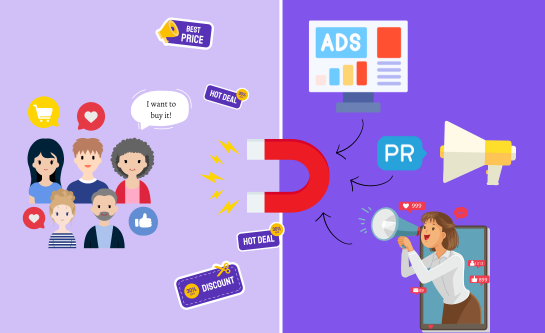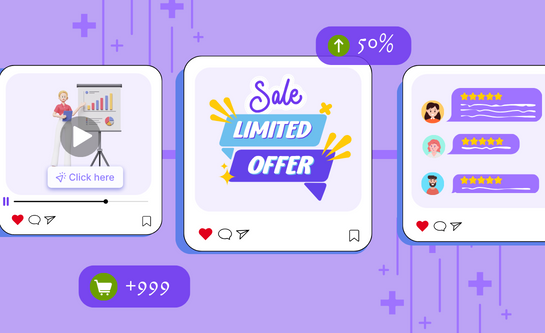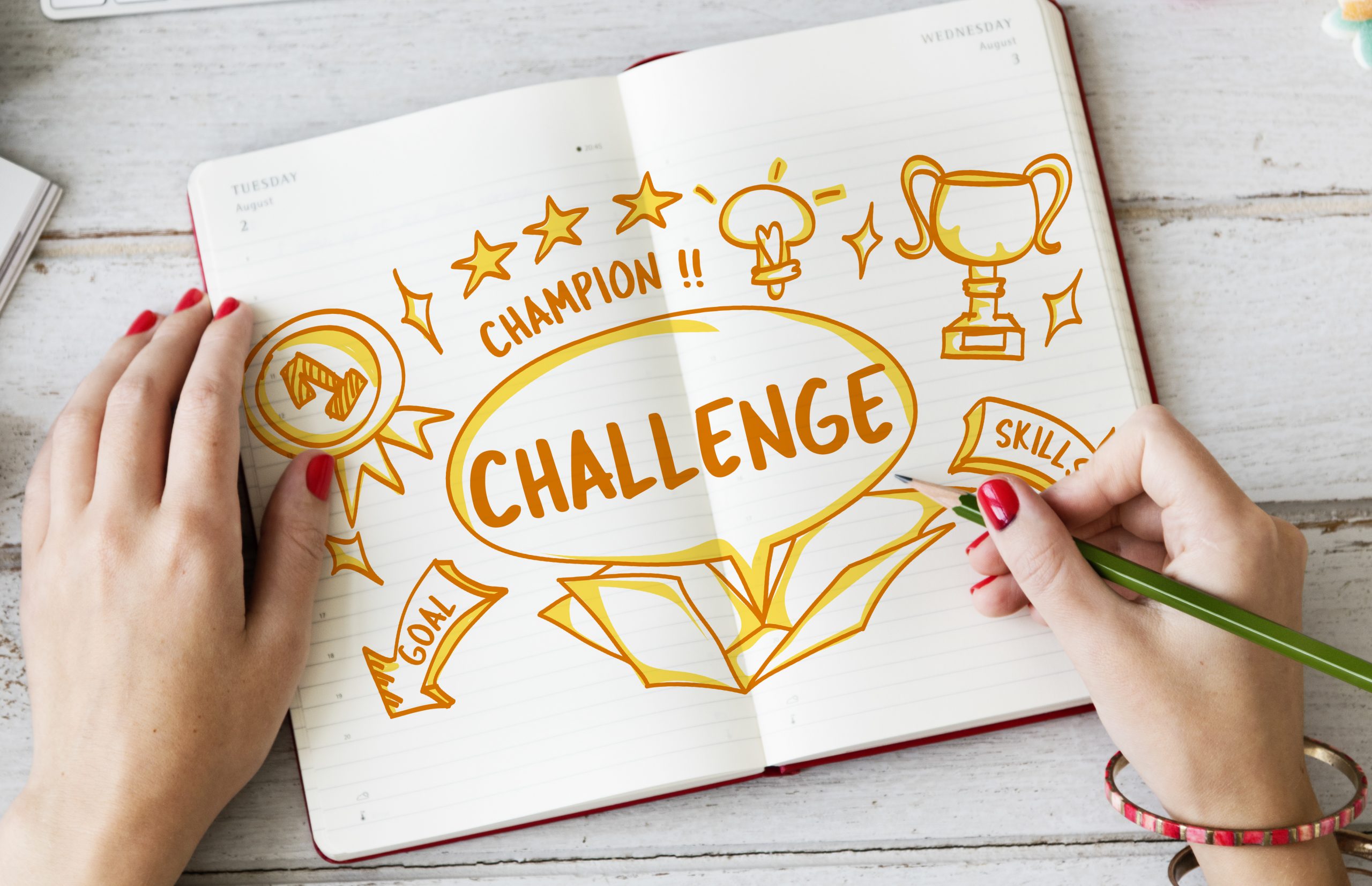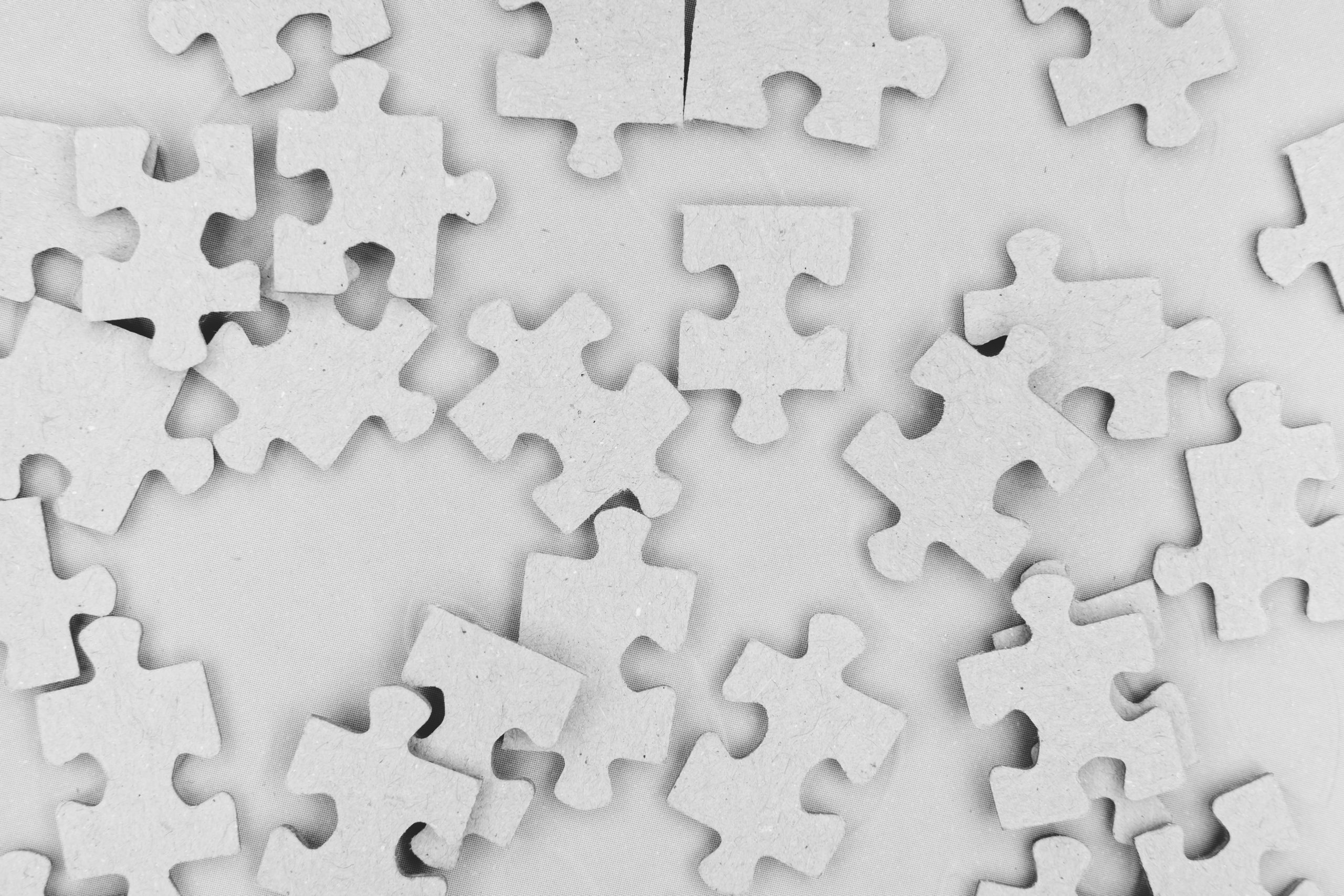The Power of Gamification in Loyalty Programs
 Dec 28th, 2023
Dec 28th, 2023
 472 views
4 MINS READ
472 views
4 MINS READ
In today’s competitive market, customer loyalty programs have become an essential tool for businesses to attract and retain customers. These programs offer various rewards, discounts, and benefits to encourage repeat purchases and engagement with a brand. However, with so many loyalty programs available, it’s crucial to find ways to stand out from the crowd and motivate customers to participate. One effective strategy that has gained significant popularity is gamification – the application of game elements and design to non-game contexts. In this article, we will explore the benefits and challenges of using gamification in loyalty programs, provide examples of successful implementations, and offer tips to help you create your own engaging and effective gamified loyalty program.

Read more: How Gamification Can Drive Customer Engagement
Challenges of Gamification in Loyalty Programs
While gamification offers numerous benefits, it’s important to be aware of the challenges and potential pitfalls that come with its implementation. Here are some challenges to consider:
1. Design, Implementation, and Maintenance Complexity
Creating a successful gamified loyalty program requires careful planning, design, and implementation. It can be a complex process that requires expertise in game design, user experience, and technology integration. Additionally, ongoing maintenance and updates are necessary to keep the program fresh and appealing to customers.
2. Cost and Resource Investment
Implementing a gamified loyalty program can involve significant costs, especially if custom game development or technology integration is required. It’s crucial to allocate resources and budget accordingly to ensure a successful implementation and ongoing management of the program.
3. Perceived Manipulation or Unfairness
Gamification should be implemented ethically and transparently to avoid any negative perceptions from customers. If customers feel manipulated, cheated, or treated unfairly, it can damage the brand’s reputation and trust. It’s important to establish clear rules, provide equal opportunities, and ensure a fair and rewarding experience for all participants.
4. User Fatigue and Sustainability
Gamification elements need to be carefully balanced to avoid user fatigue and maintain long-term engagement. Over time, customers may become bored or disinterested if the program lacks novelty or fails to evolve with their changing preferences. Regular updates, new challenges, and rewards are essential to sustain interest and participation.
Best Practices for Effective Gamification in Loyalty Programs
To create an effective gamified loyalty program, it’s essential to follow some best practices and principles. Here are some tips to help you get started:
1. Clearly Define Program Goals and Metrics
Before implementing gamification, clearly define the goals and metrics of your loyalty program. What behaviors or actions do you want to incentivize? How will you measure success? Align the gamification elements with your business objectives and customer value proposition to ensure a cohesive and impactful program.
2. Know Your Target Customers
Understanding your target customers and what motivates them is crucial for designing an engaging gamified loyalty program. Segment your customers based on their behavior, preferences, and feedback. This knowledge will help you tailor the game mechanics, rewards, and challenges to their specific needs and desires.
3. Balance Challenge and Reward
Strike a balance between challenge and reward in your gamified loyalty program. Provide different levels of difficulty, feedback, and rewards to cater to different customer segments and preferences. Make sure the challenges are achievable but still challenging enough to keep customers engaged. Regularly evaluate the difficulty level and adjust as needed to maintain optimal engagement.

4. Continuously Test, Iterate, and Improve
To ensure the effectiveness of your gamification elements, continuously test, iterate, and improve based on data and customer feedback. Monitor the performance of the game mechanics, rewards, and challenges, and make adjustments or changes as necessary. Regularly gather feedback from participants to understand their experience and identify areas for improvement.
Examples of Successful Gamified Loyalty Programs
To inspire your own gamified loyalty program, let’s take a look at some successful examples from different industries and brands:
1. Starbucks Rewards
Starbucks Rewards is a widely recognized and successful gamified loyalty program. It uses a point system called “stars” that customers can earn by making purchases or completing challenges. Customers can redeem stars for free drinks, food, merchandise, or access exclusive perks and offers. The program also features a tier system (green and gold) that unlocks more benefits as customers progress, creating a sense of achievement and advancement.
2. Nike Run Club
Nike’s Run Club app gamifies the running experience to motivate users to achieve their fitness goals. The app tracks users’ distance, speed, frequency, and milestones, rewarding them with badges and achievements along the way. Users can join challenges, compete with friends, and share their achievements on social media. By incorporating gamification, Nike motivates users to stay active and engaged with its brand.
3. Sephora Beauty Insider
Sephora’s Beauty Insider program rewards customers for purchases, reviews, referrals, and birthdays with beauty points that can be exchanged for products, samples, or services. The program also features a tier system (insider, rouge, and VIB) that offers additional benefits as customers spend more. By gamifying the loyalty program, Sephora encourages repeat purchases, engagement, and advocacy from its customers.
Conclusion
Gamification has proven to be a powerful tool in enhancing customer loyalty programs. By incorporating game elements and design, businesses can increase customer engagement, differentiate themselves from competitors, and drive desired behaviors. However, it’s important to consider the challenges and best practices to ensure a successful implementation. By defining program goals, knowing your target customers, balancing challenge and reward, and continuously improving based on data and feedback, you can create a gamified loyalty program that captivates and delights your customers. So, start embracing the power of gamification and take your customer loyalty program to the next level.
 Back to blog page
Back to blog page



































